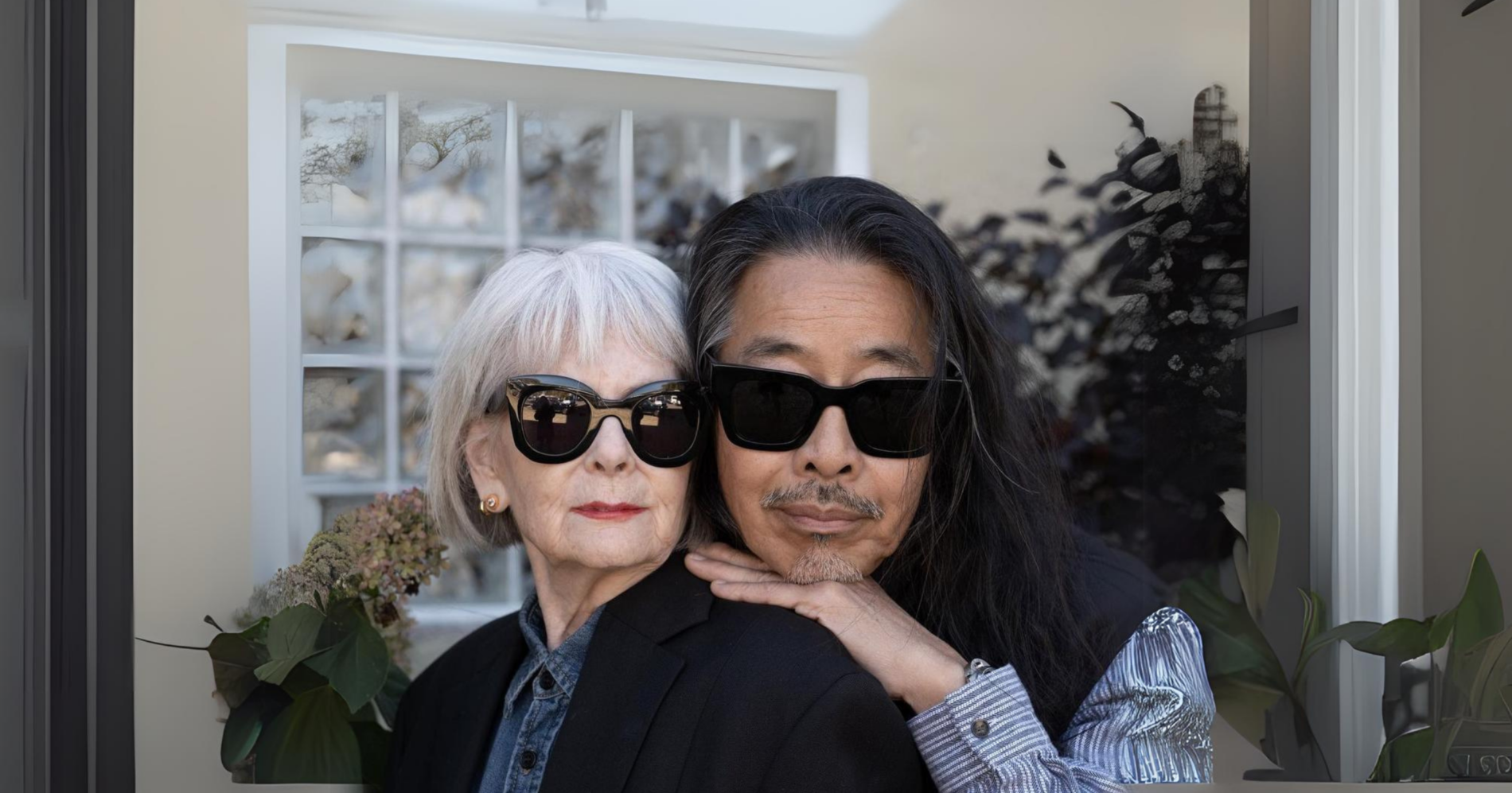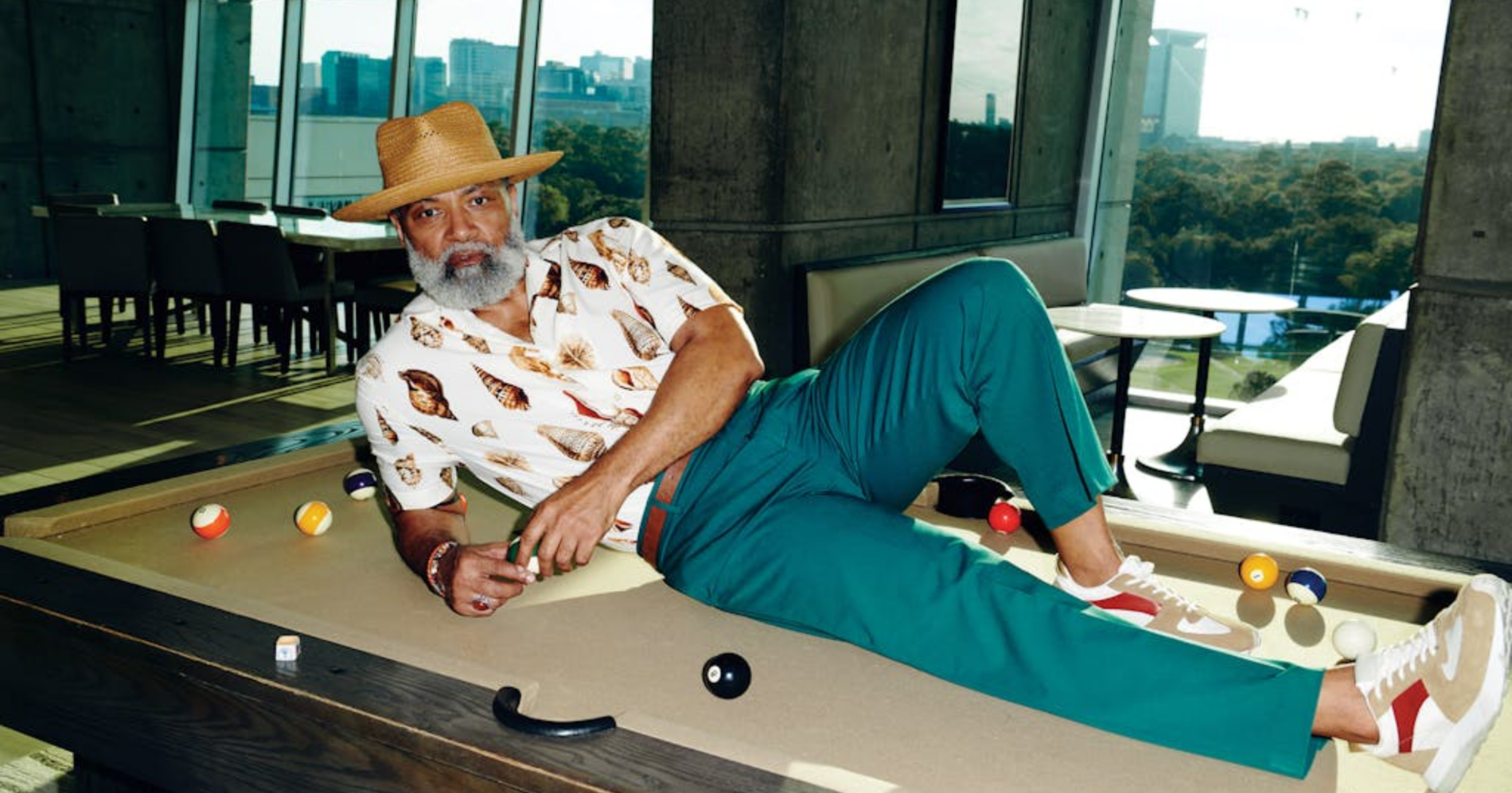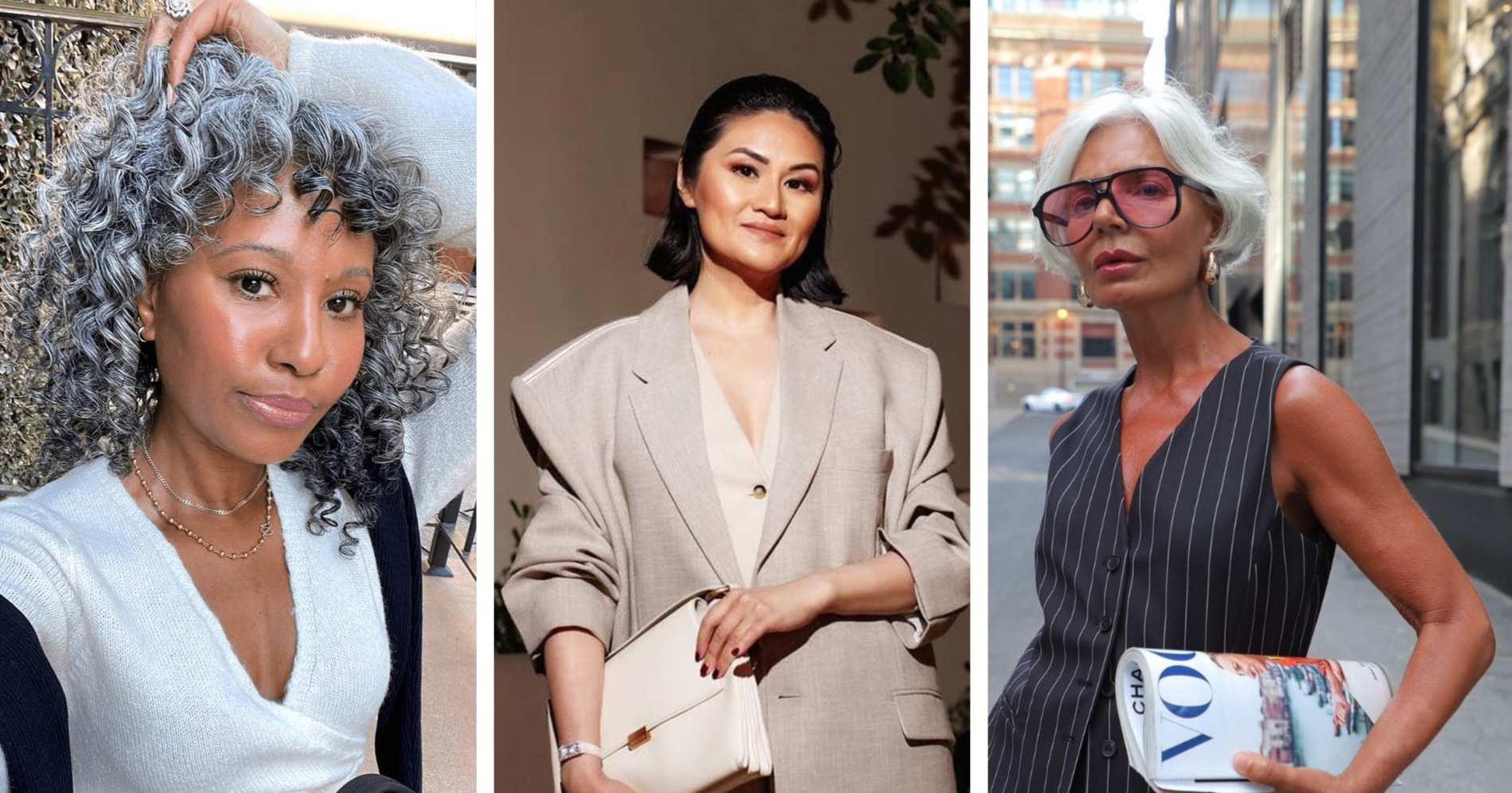Grey Matter
Older influencers wield enormous power that brands can’t afford to ignore, says Marina Gask
One might think marketers would be falling over themselves to tap into the immense potential of the 50-plus influencer. In sectors from fashion to travel, wellness to beauty and food to fitness, the positive space that aspirational older influencers like Grece Ghanem, Lyn Slater, Tennille Murphy and David Evans are creating has enormous – and often underestimated – power to impact on consumer choices and behaviours. A flash of wide-legged denim, a sumptuous hotel spa or a glowing pink Ibiza sunset on their Instagram feed can instantly inspire and reassure an older consumer that cool people like them are still out there, looking good and living the life – a life that they aspire to. Yet incredibly, too many brands are ignoring this.
While millennials might represent a bigger market – in 2019 there were 1.8 billion of them worldwide – and more likely to splash their cash as a result of influencer marketing, they don’t have the disposable income of the oldies. Research by Hitachi Capital UK and the Centre for Economics and Business Research (CEBR) revealed in 2015 that the over-50s accounted for more than half of consumer spending in the UK, shelling out £376 billion on discretionary items annually. Meanwhile, official government figures reveal that the demographic aged 50-64 are the top spenders in a host of categories including cars and hotels abroad. This is a growing trend. A recent report by Coniq for Property Week found that the over 50s spend 42 per cent more on retail goods than other age groups, and 66 per cent more than millennials.

Yet too many luxury brands are missing the marketing potential of this open goal. Maybe it’s age bias or the ‘ick factor’ of older people (“Wrinkly faces? Not cool”) that prevents brands from targeting this market, or maybe it’s a mistaken fear that, once past a certain age, people aren’t tech-savvy enough to make online purchases. But, in fact, vast swathes of over-50s are active, engaged and involved in modern life in ways our forebears would have found dizzying.
Despite this, too many are made to feel invisible from around their mid-40s. Upon co-launching audreyonline.co.uk, a platform for entrepreneurial midlifers, subscribers told us they were sick of being overlooked by aspirational brands, and more likely to see themselves portrayed patronisingly as decrepit old dears (stairlifts and funeral planning, anyone?). Until a few years ago, they saw little about their lived experience reflected in marketing and advertising.
This is changing – and it needs to. Wendy Rigg, stylist, travel writer and contributing editor at Saga magazine, is a big fan of age-positive influencers like Alison Tay, Sadie Frost, Karen Williams and Alyson Walsh. “These women are challenging ageist stereotypes and showing an aspirational lifestyle that’s inclusive,” Rigg says. “We want to feel that brands understand us – which means acknowledging that looking good and living well has never been more important to the over-50s. Influencer marketing is a way of reaching target markets effectively, and none more so than the older demographic, for whom the power of TikTok and Instagram is increasingly being harnessed.”
This is particularly true for women over 50, described by Forbes magazine as ‘super consumers’ because, with ‘over $15 trillion in purchasing power, they are the healthiest, wealthiest and most active generation in history’. And what’s more, they refuse to become invisible. They’re wearing Wyse and Agnès B, going on upmarket cruises and yoga retreats and ticking off far-flung exotic destinations on the bucket list. “And being empty-nesters,” says Rigg, who is in her 60s, “there’s a desire to treat themselves – an ‘I deserve this’ feeling – so they’ll spend more on quality hotels, well-made clothes and a better lifestyle than they could perhaps afford before.”

It’s not just women who look for inspiration in their luxury choices. The palm-tree and surfboard dotted feeds of grey-templed male influencers like model Francisco Cipriano, Irvin Randle and Craig Harris can have a huge impact when men make lifestyle decisions. Nick Hems is a personal brand stylist for men. “Men tend to like some direction,” he says. “Once my older clients find a shirt or suit they like thanks to an influencer such as Efe Efeturi, David Gandy or David Beckham, they’ll buy it in bulk. The older male consumer has the money to action purchases fast – and they’ll stay loyal to that brand because it’s less hassle.”
Rigg, who travels extensively, takes her granddaughters to music festivals and recently went to India with a big group of friends, is not exceptional in her lifestyle – nor in lamenting the invisibility of the older demographic in many advertising campaigns. In 2018, JWT published The Elastic Generation – The Female Edit, noting that: “The void has prompted a wave of [older] influencers to take matters into their own hands, styling their own fashion blogs, social feeds and content that better reflects the values and tastes of this generation… Communities of women are coalescing around influencers who instinctively understand them.”

There has been a notable rise in interest in so-called ‘granfluencers’ – or influencers above the age of 55. According to eMarketer, the 10 most popular senior influencers on Instagram saw a 24 per cent increase in followers since September 2017. And 17 per cent of over 55s in the UK and US said in a survey by influencer marketing agency Takumi that social media advertising impacts their purchasing decisions – a sizeable proportion. What’s more, eight out of every 10 (82.3 per cent) baby boomers belong to at least one social platform.
Yet data from Goldman Sachs suggests that 63 per cent of businesses focus on targeting millennials, despite evidence of a “rebalancing of the economy…towards the silver pound,” as the Hitachi/CEBR report puts it. The growth opportunity with the over 50s is too often being missed. While brands like Celine and Saint Laurent have notably used older women in recent campaigns, with Wyse, Baukjen and Maje also promoting an inclusive message in the luxury space, Rigg says it’s disappointing to see that the trend for using grey-haired models has slackened, and that the best place to find a glamorous, aspirational older demographic is, increasingly, Instagram.
But things could be looking up. Advertising casting agent Camilla Arthur has noticed an ever-growing demand for older women in ads, recently telling Woman & Home: “Whereas a casting brief would almost always include ‘age range: 20-30’, now they’re asking for 20-60. There are a number of reasons for this, including the fact women seem to be working for longer which means they have disposable cash to spend on clothes and makeup, as well as having the need to. It also has a lot to do with older artists like Madonna and Debbie Harry still going strong”.
Ultimately, age-positive influencers can wield enormous power, impacting consumer decisions and loyalty by representing a more authentic way to engage with and connect with a brand. Journalist Britt Peterson recently wrote a piece in The Washington Post citing age-positive influencers with huge social media followings such as Gym Tan and Stephanie Glover who brands are increasingly approaching to form lucrative partnerships.
These influencers are not only combating ageism but also broadening the definition of beauty and luxury to be more inclusive – in fact, far from causing ‘the ick factor’, their work resonates with a broad audience. Peterson quotes Tan, whose largest demographic is 25-to-34-year-old women: “The younger girls who follow me feel like, ‘Oh, my God, we want to be like you when we’re 60!’”.
According to data specialists BENlabs, of every 10 baby boomers or Gen X-ers, seven have made a purchase based on a recommendation from a content creator. The power of relatable influencers who instinctively understand their audience is ripe to be unleashed by luxury brands through partnerships, events and marketing campaigns, such as Lyn Slater’s collaborations with Hermès Beauty, La Prairie and Dior Parfums. The luxury industry needs to evolve by embracing diversity and inclusion in its marketing strategies. As Sue Benson, founder of The Behaviours Agency, astutely comments: “Ignoring this market is leaving money on the table. By tailoring your marketing efforts to resonate with this group, you can unlock a vast market, foster brand loyalty and drive sales growth”. Something, surely, that everyone wants to buy into.
Journalist and former health publisher at the Telegraph, Marina Gask is a press and visibility coach who helps position entrepreneurs and leaders as experts in their field through messaging, thought leadership strategy and media coaching. In 2018 she co-launched www.audreyonline.co.uk, a digital platform for entrepreneurial midlife women and was named one of the f:entrepreneur #ialso Top 100 female entrepreneurs in 2020. A BSME award-winning editor of Sugar, More and Top Sante and former journalism tutor at Goldsmiths University, Marina writes for glossies, broadsheets and digital platforms.
Continue reading

